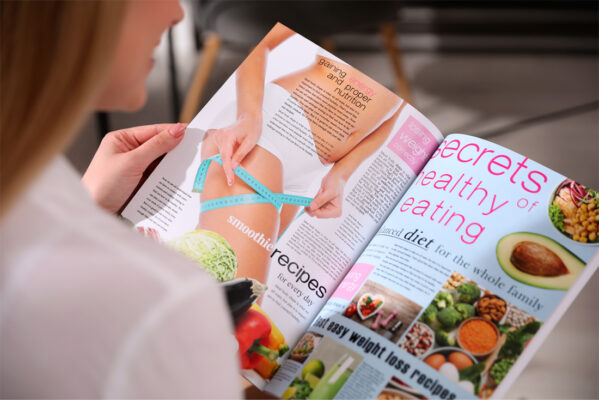What is a vector file? Learn about vector files, their function and file formats, and what software uses them to expand your understanding of this diverse file type. Vector files: Useful in many different environments. When you’re working digitally, there are two kinds of image file types: raster and vector. Both image types may be saved with several different file extensions. It’s important to understand when to use each image type and the best file extension for particular situations.
What is a Vector image?
Vector files are images that are built by mathematical formulas that establish points on a grid. Raster files are composed of the coloured blocks commonly referred to as pixels. Because they can infinitely adjust in size without losing resolution, vector files are more versatile for certain types of tasks than raster files. The most common types of vector files are:
.ai: Short for Adobe Illustrator, this file is commonly used in print media and digital graphics, such as logos.
.eps: Encapsulated PostScript is an older type of vector graphics file. .eps files don’t support transparency in the way more modern file formats like .ai do.
.pdf: The Portable Document Format is built for the exchange of documents across platforms and is editable in Adobe Acrobat.
.svg: The Scalable Vector Graphics format is based in XML (a markup language used widely across the Internet that’s readable by both machines and humans). It’s useful for the web, where it can be indexed, searched, and scripted.
Learn more about vector files









